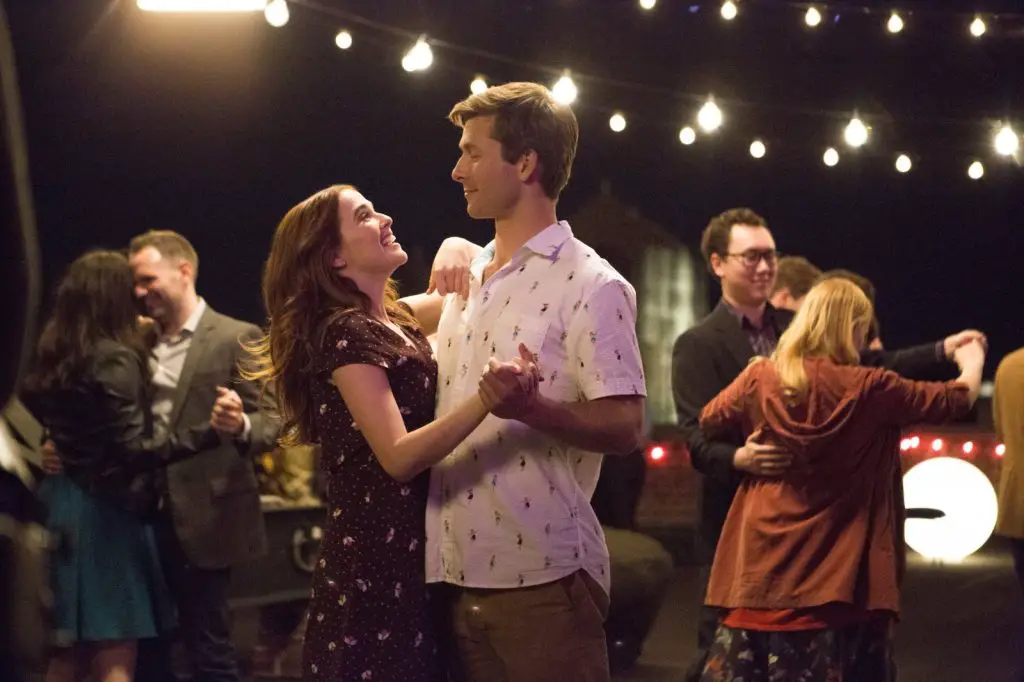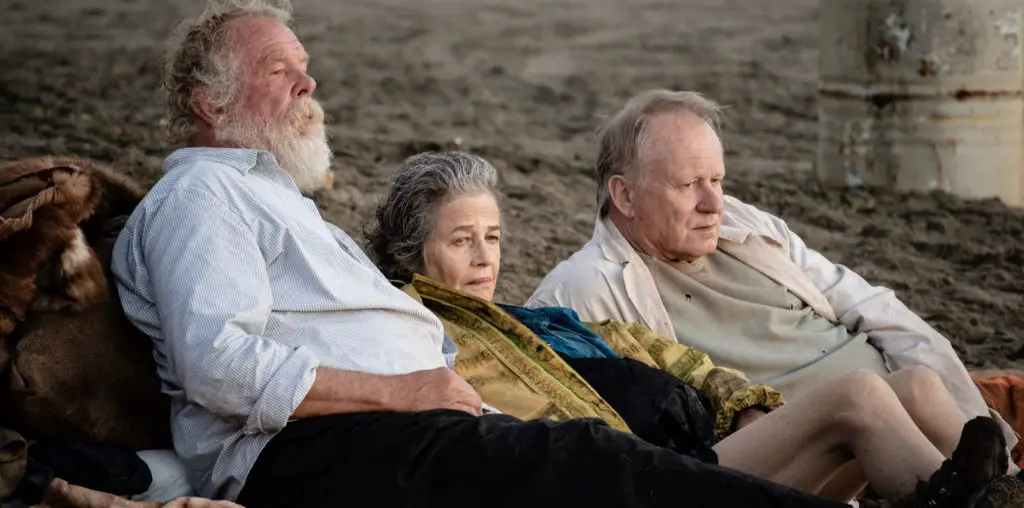
I assume most of you understand why Warner Bros. has issued two “Superman II” DVDs this month, but here’s some background for those of you who aren’t on the same page as the rest of us: When Alexander and Ilya Salkind set out to make Superman into a movie, they hired Richard Donner to direct “Superman: The Movie” and “Superman II,” with the idea of filming both of them at the same time, to save money. When word came down that “Superman: The Movie” had to make a December 1978 release date, Donner focused solely on that film, having shot about 70% of the sequel with the intent of completing it once the first film was in the can.
The Salkinds fired Donner, however, before he could do so, replacing him with Richard Lester, who re-shot much of Donner’s footage and added his own ideas to the film, such as the opening sequence with the terrorists in Paris. In addition, a dispute between the Salkinds and Marlon Brando led to Lester replacing his role in the film with Superman’s mother, Lara (Susannah York). In the end, “Superman II” was a good film that went down in history as one that could have been even better, had Donner’s vision ultimately been fulfilled.
Fast-forward a couple decades, and the advent of the Internet led to many petitions from fans who wanted to see Donner’s cut, given the revelation that much of his footage still existed. I was among many who never thought Warner Bros. would even listen to such pleas, but here I am in November 2006, holding a copy of “Superman II: The Richard Donner Cut.” Next to it is a two-disc Special Edition of the original version of the film, which first came out on DVD in 2001.
Unfortunately, “The Richard Donner Cut” suffers a bit because the director was never able to film certain key scenes, most noticeably the ending. The Superman-turns-back-time bit was originally intended for “Superman II,” but Donner and creative consultant Tom Mankiewicz decided to transplant it to the first film because they were stuck on its ending. They planned to come up with a new ending for “Superman II” later, but obviously they never had the chance, which meant the time travel bit was reinstated here to explain how Superman got Lois Lane to forget who he really was. It’s better than Lester’s magic kiss idea, but it also undoes the entire movie in the process, leaving one to wonder why Superman didn’t do that when he first released the villains from the Phantom Zone. It’s really not much better than the cliched “It was all a dream” ending.
That aside, the Donner cut is worthy of fans’ attention just to see the reinstatement of the original Brando footage, which follows up the father-and-son motif established in the first installment. In addition, we get Donner’s original opening sequence, which involved Lois Lane jumping out a window to prove that Clark Kent is really Superman, as well as the first version of the hotel room scene in Niagara Falls.
Unfortunately, Donner never filmed the latter, so he had to make do with screen test footage. Christopher Reeve and Margot Kidder did several screen tests together, including that scene, although Donner had to dig into a screen test Reeve did with another actress to pull out his close-ups. As a result, his hair and glasses change between shots, and the look and feel of the entire sequence sticks out like a sore thumb. Of course, it makes a lot more sense for Clark Kent to reveal his secret after getting shot by Lois, as opposed to just sticking his hand in a fire, as in the Lester version, but what the heck was she doing carrying around a pistol anyway?
I should also note that there are a variety of other little differences between the Lester and Donner cuts, such as the Lester shot of the Kryptonian criminals changing Mount Rushmore being dropped in favor of them knocking over the Washington Monument. Donner’s climax in the Fortress of Solitude also lacks the final fight between Superman and the bad guys, which only served in the Lester cut to show us, again, that any battle between them would end in a stalemate, with the criminals’ only edge their willingness to kill innocent people. As a result of all the changes, the Donner cut is 11 minutes shorter than the Lester version.
In the end, the Donner cut left me wishing there really was a way to turn back time, so that all of us could somehow convince the Salkinds to undo their firing of the director and let him complete the movie. Clearly, most of the pieces were already in place; Donner just needed to shoot that hotel room scene, come up with a new ending, and take care of any other loose odds and ends. Then we could look back on two great Superman films, instead of one great one and one good one, with two more releases that I think we all agree were complete disasters.
Both new DVDs also feature commentaries, with one from Ilya Salkind and producer Pierre Spengler on the two-disc Special Edition and one from Donner and Mankiewicz on The Richard Donner Cut. As you might imagine, the two tracks constitute a lesson in “He said, she said,” as the opposing sides dish out what they say are the real reasons behind Donner’s removal from the film. Donner and Mankiewicz are understandably bitter in many spots, while Salkind and Spengler sound like your typical Hollywood producers, explaining the events from a colder, more business-like standpoint. Fans will want to hear both sides of the story and try to make up their minds. Unfortunately, Richard Lester declined to participate; his thoughts would have formed a welcome third viewpoint.
The Richard Donner Cut also features a collection of deleted scenes that run about nine minutes. They’re mostly inconsequential, except for the one that shows Luthor being handed over to the “Arctic Patrol” (I guess they’re like the Border Patrol) — it would have filled a hole in the ending of his cut, had Donner reinstated it. We also get an introduction to the new version of the film by Donner, along with a 13-minute featurette that details the restoration of the Donner cut, which was initiated by a film editor named Michael Thau. He and Donner talk about how the project started, and we hear from members of Thau’s team as they explain the enormous amount of work required to sift through the literally six tons of footage that was found in vaults around the world. Donner is certainly a sympathetic figure here, sounding like a father whose kid once rejected him in favor of another adult, but now the kid has realized the error of his ways and come back to him.
Over on the two-disc Special Edition, the first platter offers the theatrical version of the movie, its trailer, and one very short deleted scene, which shows Superman making a souffle, complete with a nudge-nudge-wink-wink opening that makes us think Lois Lane is talking about sex. Thankfully, it wasn’t included in the film, but I wonder what happened to a lot of the excised footage that has shown up in TV showings of the movie over the years, such as the shot of Superman flying past the Concorde. Too bad that stuff wasn’t also included here.
Disc two leads off with the 52-minute “The Making of Superman 2,” which is an archival piece from 1981. It’s your typical made-for-TV fluff piece of the era, serving as more of an advertisement than an in-depth examination of the making of the movie. The Richard Donner controversy is ignored, of course, but this is a fun bit of nostalgia that offers interviews from most of the principal cast and crew.
Then we have the 48-minute “Superman 50th Anniversary,” another vintage 1980s piece that covers Superman’s history from his first appearance in “Action Comics” number one in 1938 through the movies. Dana Carvey hosts, trying, and mostly failing, to inject some levity into the proceedings. We get to see clips from the George Reeves incarnation of the character, along with the Max Fleischer cartoons, the Christopher Reeve films, and so forth. Ralph Nader, Lou Reed, and a variety of other people offer their thoughts on the character, and of course we get interview clips from Reeve, along with Kirk Alyn, who played Superman in the 1940s serials. Fred Willard shows up as the deputy mayor of Metropolis as Carvey introduces us to the fictional city as if it’s a real place. It’s all very silly, but it’s another nice piece of nostalgia.
Finally, we have the 13-minute “First Flight: The Fleischer Superman Series,” a new featurette that offers an overview of the classic cartoons created by Max Fleischer in the 1940s. His son, Richard, offers thoughts, as do author Leslie Cabarga, cartoon historian Jerry Beck, and others. We get some biographical information on Fleischer, along with an explanation of how his cartoons helped drive Superman to greater popularity and provided the template for the character’s later live-action and animated adventures.
That featurette leads into an hour’s worth of classic Fleischer cartoons, eight of them that form a companion piece to the Fleischer cartoons also included on the new four-disc “Superman: The Movie” DVD release. They’re an interesting piece of Americana, one of them, “Japoteur,” even serving to show us a bit of anti-Japanese propaganda during World War II. Overall, Fleischer’s animation still holds up today, even if some of the stories seem a bit, um, quaint by 21st century standards.

